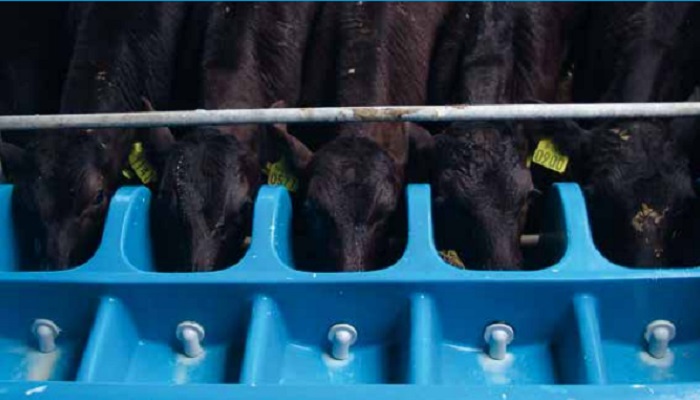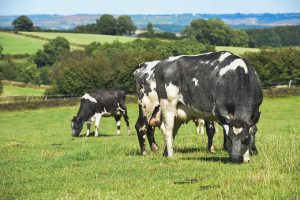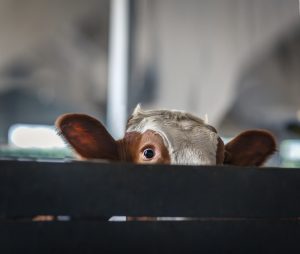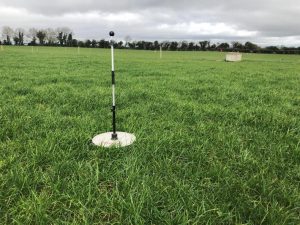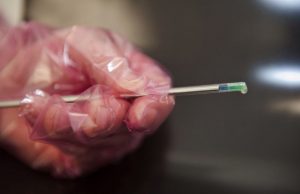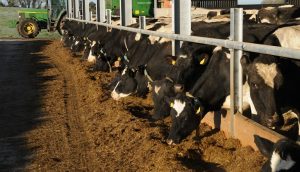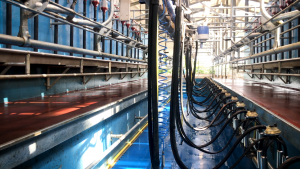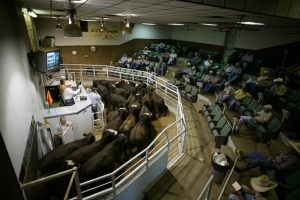
One question that often arises at this time of year is which is more economically beneficial – feeding calves milk replacer or whole milk?
As Ruminant Nutrition Specialist at Teagasc, Aisling Claffey explains: “Both saleable whole milk and a quality milk replacer are effective at meeting the growing calf’s needs, providing the nutrients to fuel growth, organ development and supporting the developing immune system and rumen.”
A caveat however: “Where farmers choose to use milk replacer, consistency is key,” Aisling Claffey added, “and the person feeding must ensure its reconstituted at the correct rate, feed at the correct time and sufficient volumes are offered.
“Similarly, with whole milk, it is important that the herd has a good health status, and we avoid feeding high somatic cell count (SCC) milk, antibiotic milk etc. to our replacement stock to minimise the risk of disease transmission (e.g. Johne’s) and antimicrobial resistance.”
Specifications and price
Along with effective colostrum management and ensuring the calf is provided with the correct environment, optimum nutrition is essential to ensure the above requirements are achieved. When farmers are weighing up their options of whether to feed milk replacer or whole milk, there are two key considerations to bear in mind: the milk replacer specifications and the price of milk.
Highlighting the key requirements of a milk replacer, Aisling Claffey advised: “Check the label for both the broad spec of nutrient content but also the ingredients used to achieve this. The milk replacer should have a protein content of 23-26%, an oil content of 16-20% (preferably a blend of coconut and palm oil), fibre content should not exceed 0.15% and no more that 8.5% ash should be contained within.
“Where the protein stems from also warrants attention. Dairy-based proteins are the most digestible. Young calves less than one month cannot utilise vegetable protein sources. These milk replacers may be more appropriate for use on rearing farms where the calves are a more suitable age when arriving on farm to utilise this, although some vegetable proteins are more digestible than others, for example hydrolysed wheat protein. Other ingredients to be mindful of are starch and sugar sources, which should be kept to a maximum of 10% inclusion.”
As widely reported in agri media, farmers can expect to pay more for milk replacers this spring. However, Aisling Claffey contested that ensuring the milk replacer meets the specs above should take precedence over cost.
“If we take two 20kg bags of milk replacer, one costing €52 and the other costing €48, the difference in milk replacer costs over 70 days comes to €10.50/calf – a small price to pay if the more expensive milk replacer delivers the performance required on farm, or an expensive cost to recover if the cheaper, less suitable milk replacer leaves us with heifer calves behind target from an early stage,” she added.
The Ruminant Nutrition Specialist also provided a cost comparison for milk replacer versus whole milk, as detailed in table 1 below. This comparison is built on a number of assumptions. Firstly, it uses an assumed base milk price of 50c/L for February and March, and co-op average solids. Where you farm exceeds the co-op average, expect the price differential to increase. Secondly, it assumes that calves are being fed 6L/day of whole milk versus 750g of milk replacer per day (6L at 12.5% concentration).
Table 1: Cost comparison of milk replacer versus saleable whole milk at a base milk price of 50c/L
| Whole milk | |
|---|---|
| Milk price (value of milk sold, €/kg) | €0.52 |
| Weight of whole milk to feed calves (kg/day) | 6.18kg |
| Milk replacer | |
| Cost of milk replacer per bag | €52 |
| Weight of milk replacer per bag | 20kg |
| Crude protein content of milk replacer (label) | 23% |
| Fat content of milk replacer (label) | 18% |
| Weight of milk replacer fed to calves/day | 0.75kg |
| Cost to feed calf/day | |
| Whole milk | €3.21 |
| Milk replacer | €1.95 |
Overall, the difference in cost between feeding a calf whole milk versus milk replacer is €1.26/day in favour of the latter (€3.21 versus €1.95). Maybe the couple of euro extra in purchasing a milk replacer that fits the spec is money well spent?
You can now read the most important #news on #eDairyNews #Whatsapp channels!!!
🇺🇸 eDairy News INGLÊS: https://whatsapp.com/channel/0029VaKsjzGDTkJyIN6hcP1K
